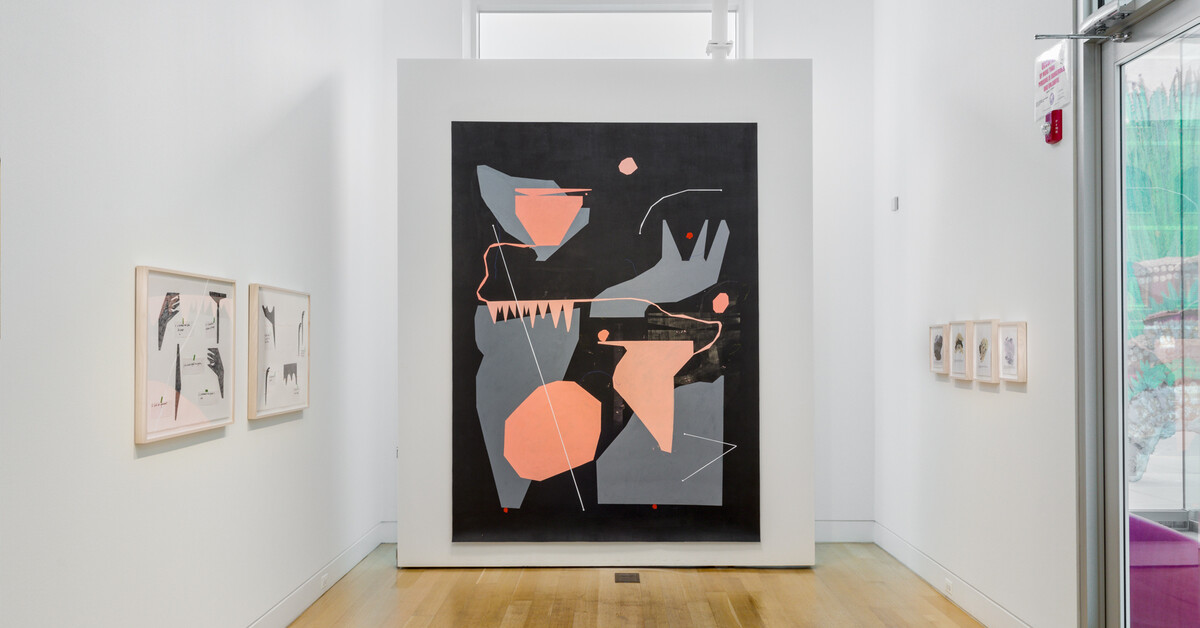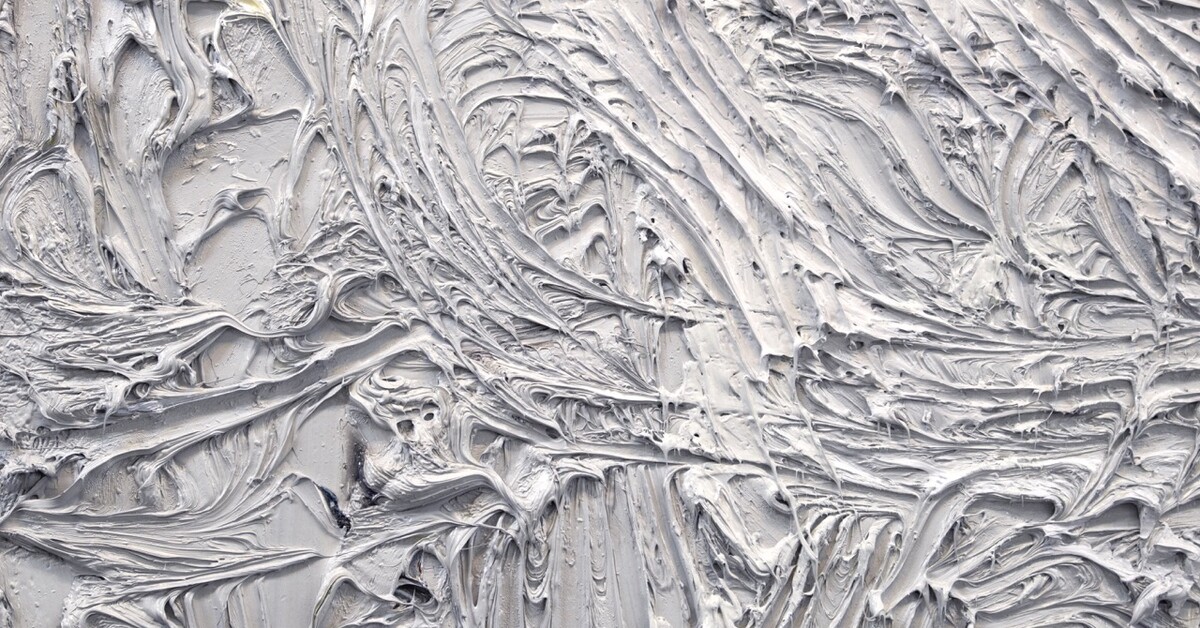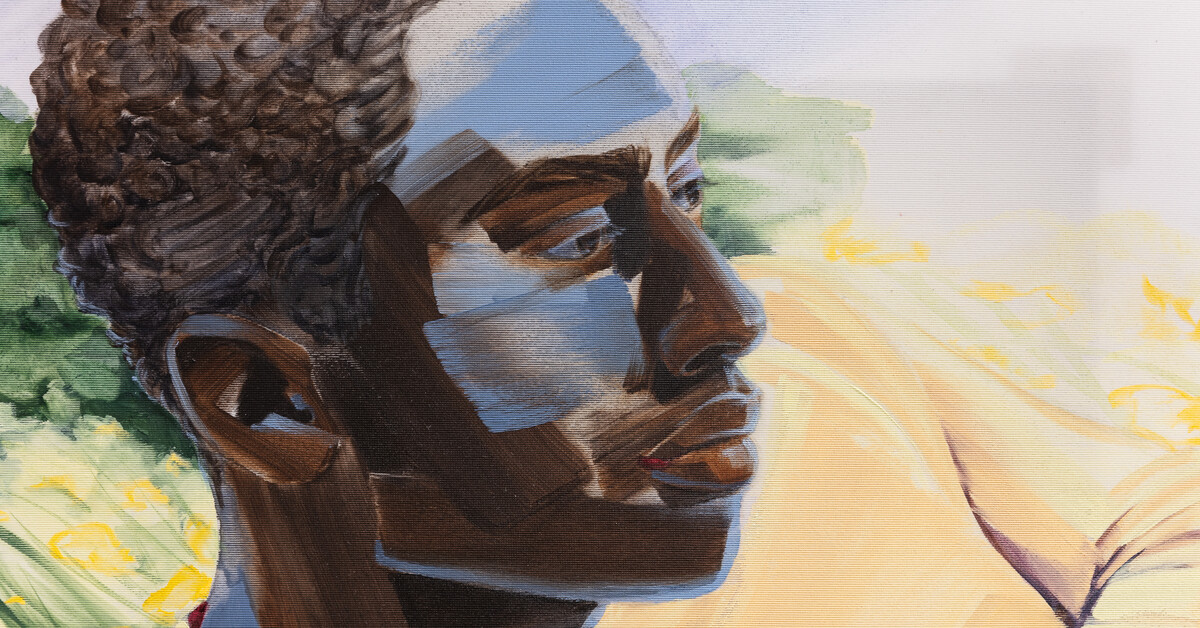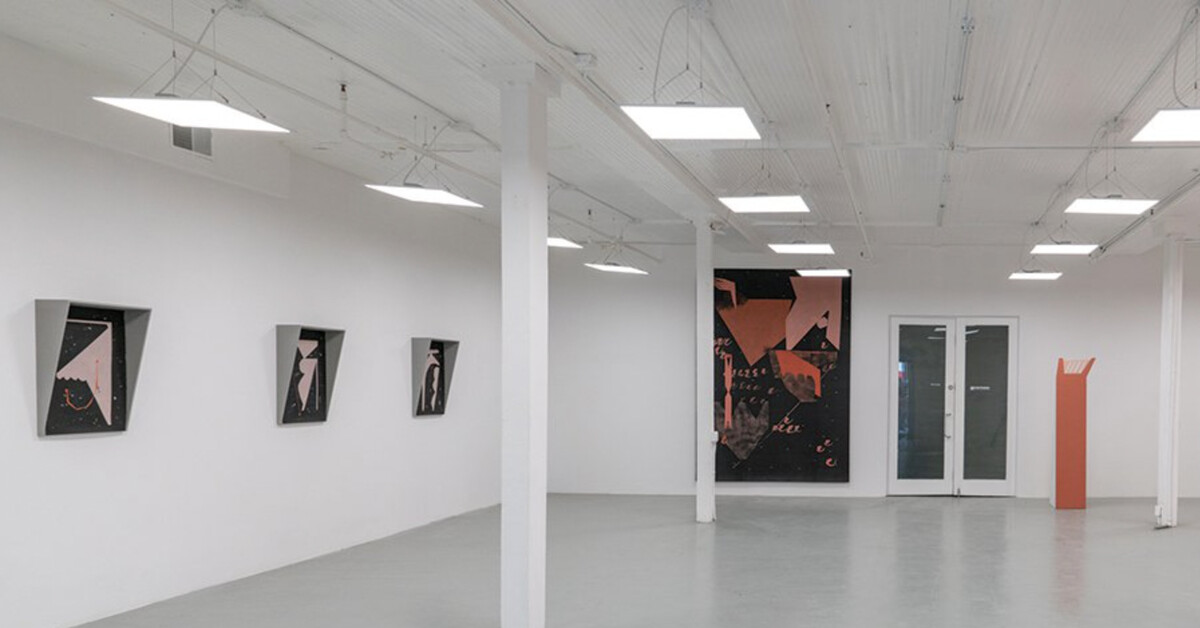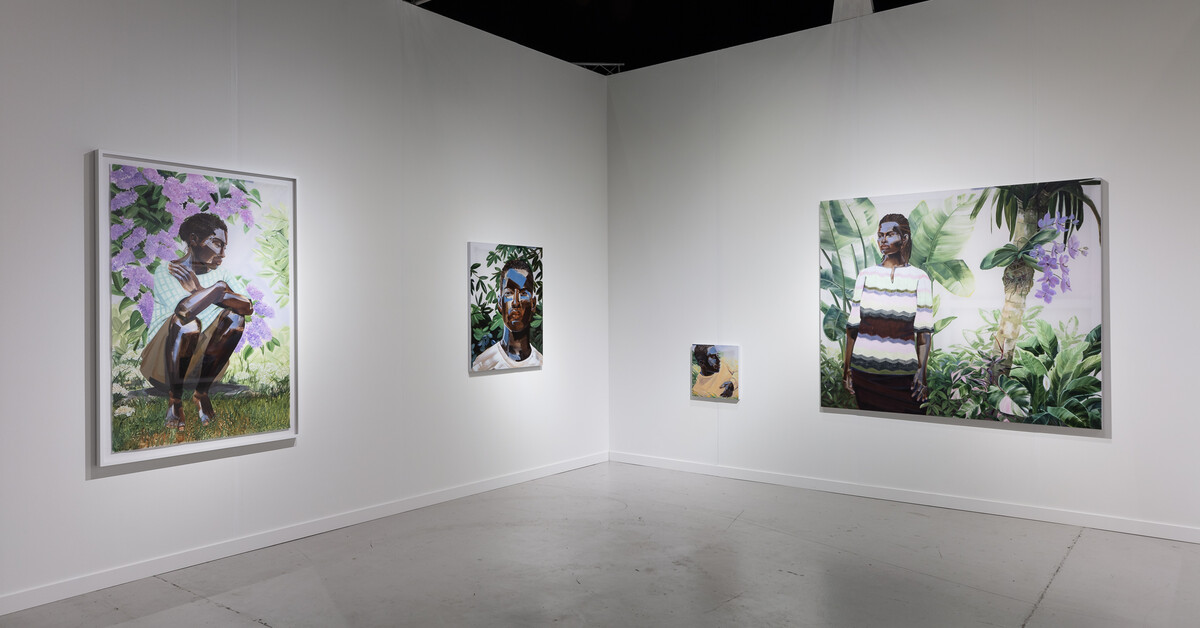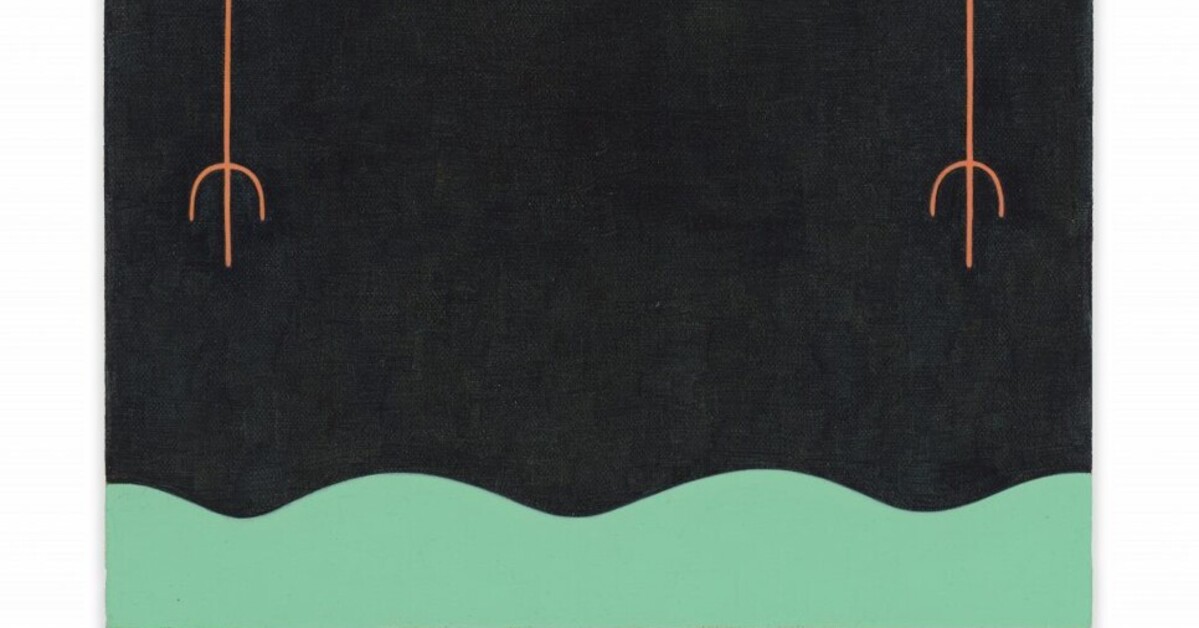Memory as Devotion
Reader / Mar 13, 2023 / by Annette LePique / Go to Original
Myra Greene’s “Kept” lays bare the mechanisms of visibility.
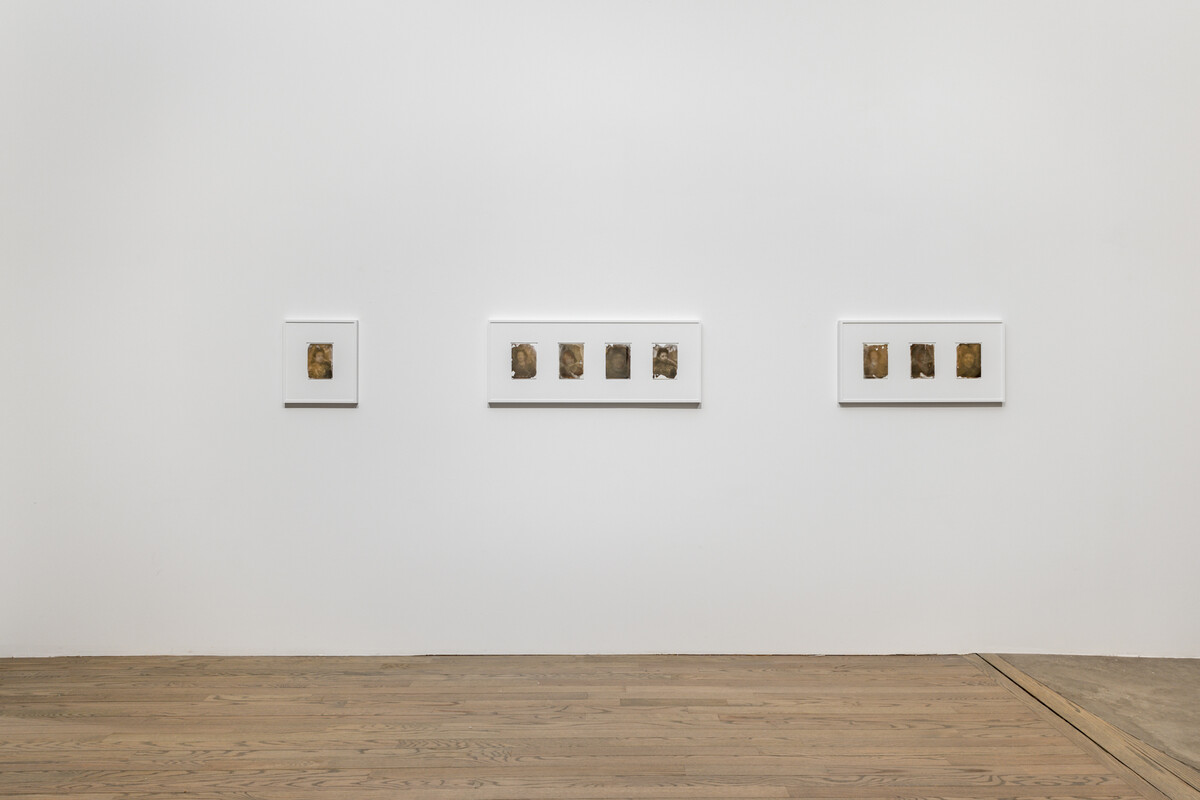
Myra Greene’s “Kept,” the Atlanta artist’s third solo exhibition at Patron, interrogates notions of archive and intervention with deft and delicate hands. The act of care drives Greene’s mediation as the exhibition is composed from a collection of her grandmother’s personal photos. Greene selected and reprinted specific images as ambrotypes in order to challenge assumptions of Black interiority and kinship; these are images of the everyday, of people not commonly seen in dominant photographic narratives. In addition to the importance of Greene’s positionality, her process and material are chosen with precision. She first created digital negatives of each image and then chemically printed the negatives onto white and cream sheets of glass. Through these processes Greene changes the form and legibility of the images; she lays bare the mechanisms of visibility. Greene asks the viewer, “What is it that you see?”
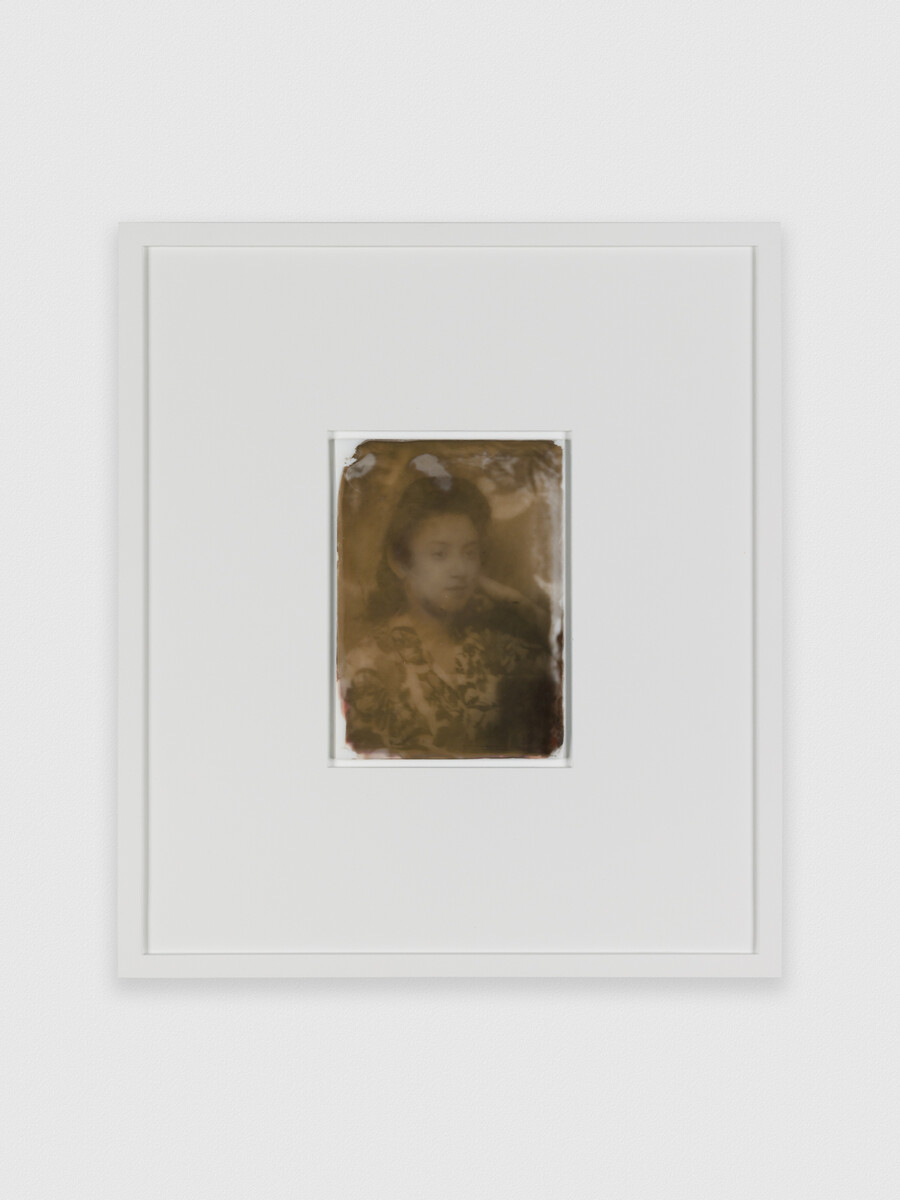
It’s this question of sight that resides at the heart of “Kept.” How one sees, how one expresses their vision, the differences and frictions inherent to your experience when compared to that of another, are what Greene seeks to study. The pieces in the show are small, the glass panes, similar in size to notebook paper, and the images themselves all bring to mind the portability of Polaroids. The gallery space where they are shown is intimate. Visitors must view the work with intent, with concentration, in order to see outlines of a woman take shape and her expression come into view. Such concentration is another word for care; for its care, attention, devotion to another that allows a plane of a cheek to take shape and the outline of a smile to shine. For Greene, such attention is the meaning of archiving—of this archive—and what it really means to see.

Installation view, Myra Greene, “Kept” at Patron gallery
Myra Greene’s “Kept,” the Atlanta artist’s third solo exhibition at Patron, interrogates notions of archive and intervention with deft and delicate hands. The act of care drives Greene’s mediation as the exhibition is composed from a collection of her grandmother’s personal photos. Greene selected and reprinted specific images as ambrotypes in order to challenge assumptions of Black interiority and kinship; these are images of the everyday, of people not commonly seen in dominant photographic narratives. In addition to the importance of Greene’s positionality, her process and material are chosen with precision. She first created digital negatives of each image and then chemically printed the negatives onto white and cream sheets of glass. Through these processes Greene changes the form and legibility of the images; she lays bare the mechanisms of visibility. Greene asks the viewer, “What is it that you see?”

Greene selected and reprinted specific images from her grandmother’s personal photos as ambrotypes, in order to challenge assumptions of Black interiority and kinship.
It’s this question of sight that resides at the heart of “Kept.” How one sees, how one expresses their vision, the differences and frictions inherent to your experience when compared to that of another, are what Greene seeks to study. The pieces in the show are small, the glass panes, similar in size to notebook paper, and the images themselves all bring to mind the portability of Polaroids. The gallery space where they are shown is intimate. Visitors must view the work with intent, with concentration, in order to see outlines of a woman take shape and her expression come into view. Such concentration is another word for care; for its care, attention, devotion to another that allows a plane of a cheek to take shape and the outline of a smile to shine. For Greene, such attention is the meaning of archiving—of this archive—and what it really means to see.

